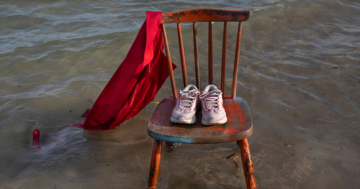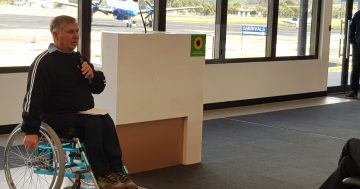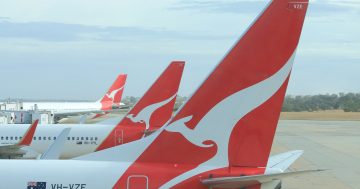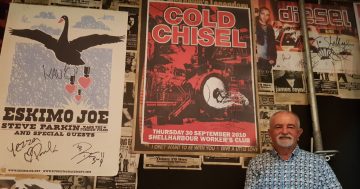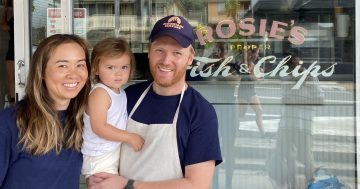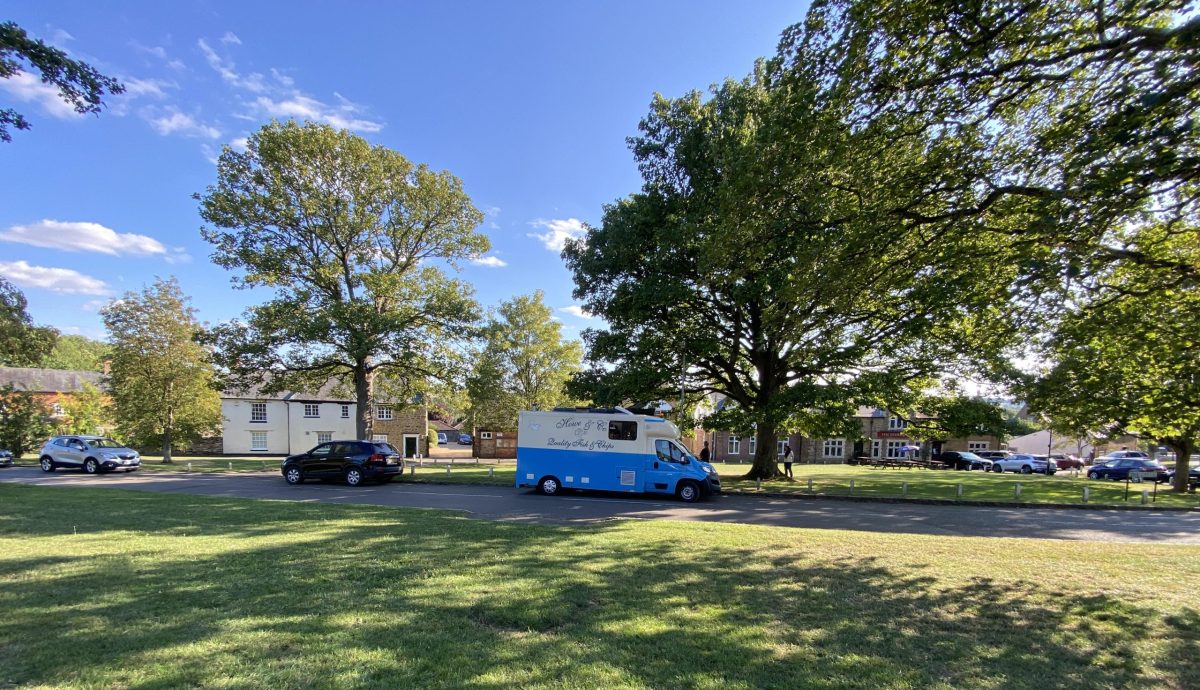
A mobile fish and chip van visits the picturesque English village once a month, cooking fresh meals on the spot. Photos: Jen White.
I’ve never really been able to grasp the concept of time travel.
Watching movies like Total Recall, Terminator or Back to The Future hurt my brain and flat out frustrate the husband as he tries (without much success) to explain what’s happening and when.
So trying to understand why it took 44 hours to get home from the UK when it took less than 24 to get there makes me feel jet-lagged all over again.
I was tempted to ask the boss for a holiday to get over the holiday but didn’t think it would go down well, especially when our flight home was delayed by 16 hours so the return to work had to be pushed out by a day anyway.
The whole trip made me realise again just how far away we are from the rest of the world.
There is no easy way to get from down under to up over – is that even a thing?
Sure you can make it much more comfortable if you have the money to fly at the pointy end of the plane. We looked at upgrading merely from cattle class to premium economy for our trip home, but that would have set us back at least $2000. That’s hard to justify until you’re at the end of 44 hours of travel when you would pay anything for a comfy seat and decent legroom.
It was conversations with any number of English folk that reinforced the distance between us and the rest of the world.
“We had a long weekend in Gdansk last month – it’s so beautiful,” said one.
“We popped over to Portugal for a week – you would love it there,” said another.
“Our next long weekend is in Berlin/Prague/Spain/Greece …” You get the picture.
The English only have to travel a couple of hours to be in another country – it takes that long just to get from the Illawarra to Kingsford Smith Airport (barring any unforeseen events), where you must arrive three hours before departure, sit in uncomfortable airport seats and pay exorbitant amounts for food and drink.
Our new English friends were gobsmacked to learn that after sitting in a plane for six hours, we were yet to even leave Australian shores.
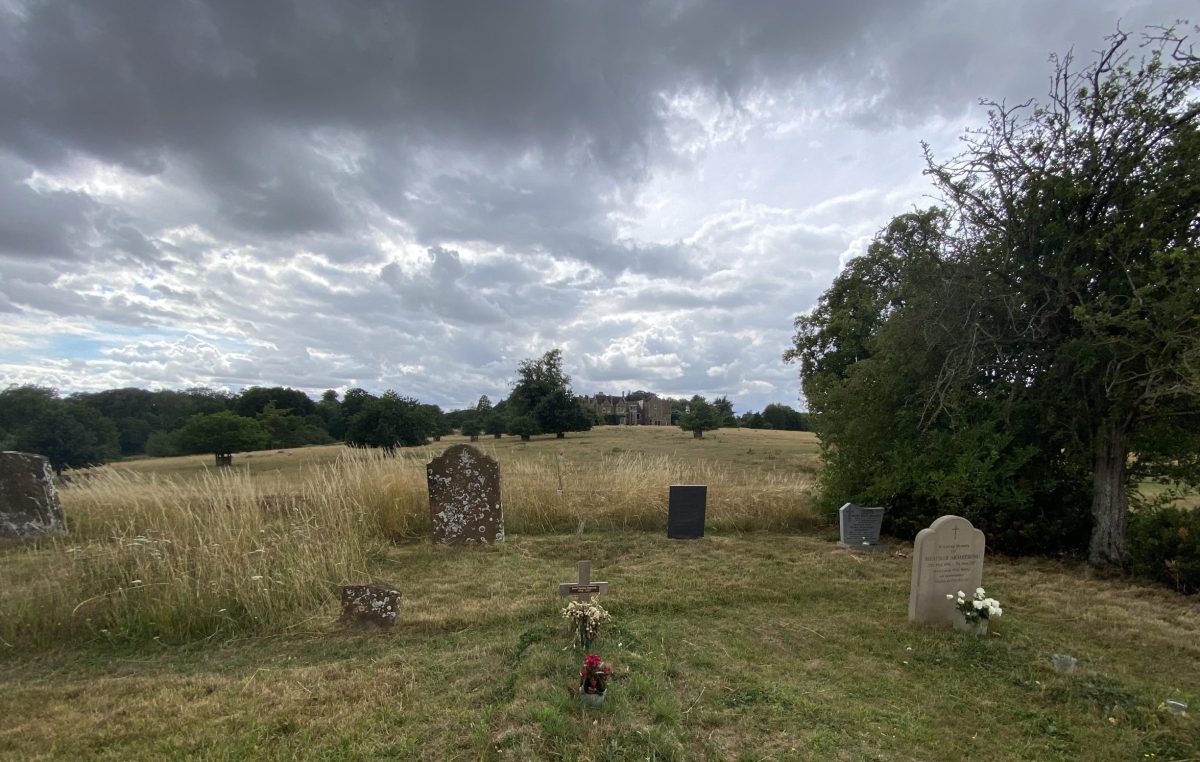
New graves lie next to those hundreds of years old at Fawsley Church. The manor house in the background dates back to the 10th century.
We were fortunate enough to base our holiday in a traditional English village, next to a traditional English pub, the only public building in the village (apart from a church and hall).
The homes – all with names rather than street numbers – sat on the very edge of what was effectively a single-lane road, yet there was no road rage or impatience when drivers had to stop and let oncoming cars pass.
Our host’s home was built more than 300 years ago. Its stone walls are embedded with tiny fossils of shells and marine life – proof the area was under water many moons ago.
Our wonderful host was a history buff and took us to places where most tourists would merely pass through on their way to somewhere else.
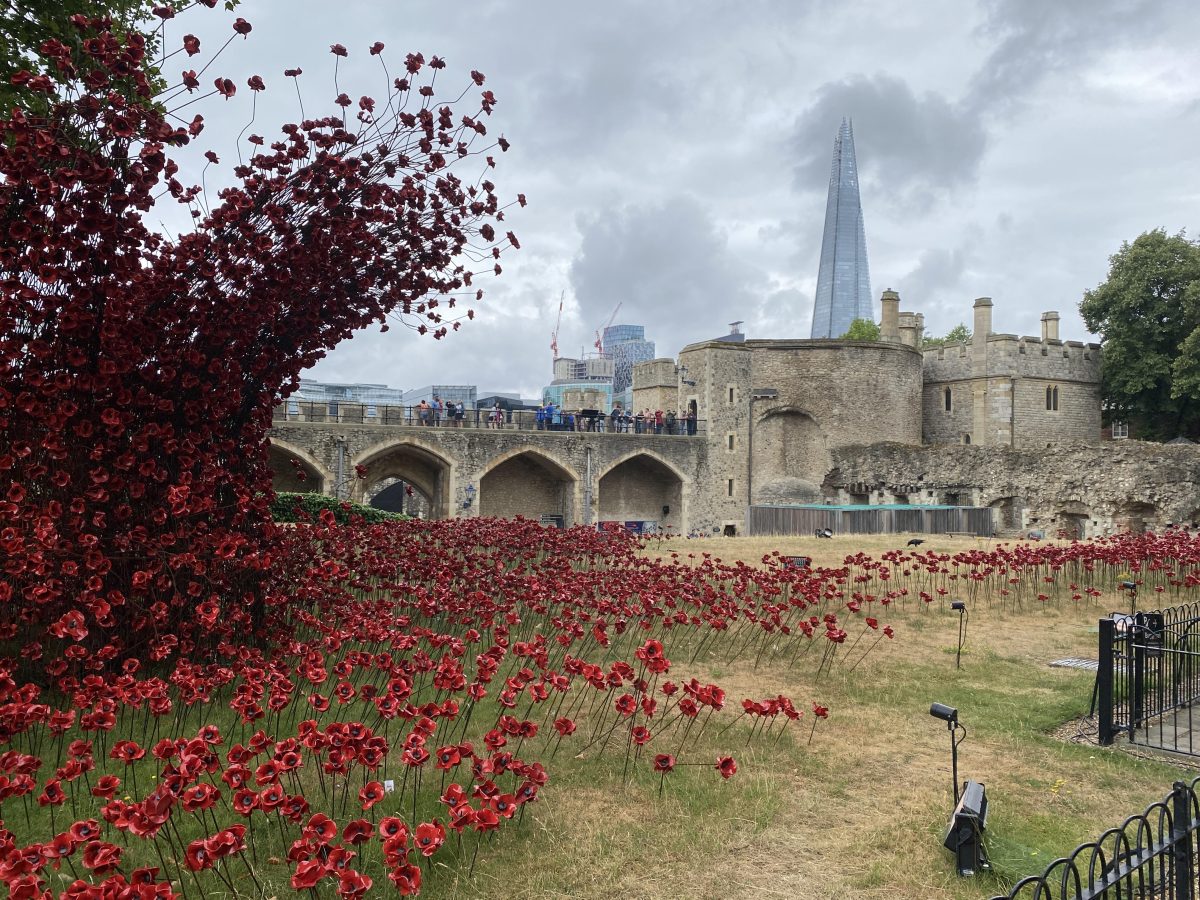
The field of poppies, in the grounds of the Tower of London, marks the 80th anniversary of the end of World War II. The 72-storey London Shard overlooks the historic site.
We had high tea in a grand old manor house dating back to the 10th century, then visited the little chapel alongside it, complete with a list of vicars dating back to 1209.
He showed us the spot where radar was first tested back in 1935. On the side of a country road far from any town sits a memorial in honour of the event which “more than any other, saved the RAF from defeat in the 1940 Battle of Britain”.
As first-time visitors to the UK, we felt duty bound to visit the typical tourist attractions – after all, when you’re travelling so far you have to make the most of it.
We visited the Tower of London, Buckingham Palace, saw a West End show and took a spin on the London Eye – but it was our time in the village that we most treasured.
And it appears that our demographic particularly is looking for more out-of-the-way locales to visit like our laid-back village.
A recent survey by travel insurance provider Insure&Go found that 66 per cent of over 50s will be actively seeking out under-the-radar spots for their next holiday, with 24 per cent saying they will bypass popular hotspots entirely.
After battling London crowds, tackling The Tube and fighting our way around Edinburgh Castle through a throng of people, I truly get that.
Despite the exhausting travelling experience, we’ll definitely be returning to the UK, although maybe we’ll wait till Qantas starts its direct London flights in 2027.
The thought of a 20-hour flight makes me shudder, but Qantas is committed to making it much more comfortable than current long-haul flights.
Apparently the airline’s new Airbus A350-1000s will reduce the usual capacity of travellers to create extra legroom and make space for “wellness zones” between economy and premium sections.
Of course there will still be a world of difference between first class – “The enclosed cabins feature a two-metre-long flat bed and separate reclining armchair to deliver the ultimate in luxury” – and the plebs in economy, but if it gets me to my destination more quickly and avoids waiting around in strange transit airports, I’m willing to try it.
And if we win the lottery between now and then, first class here we come – that’s my kind of time travel.








